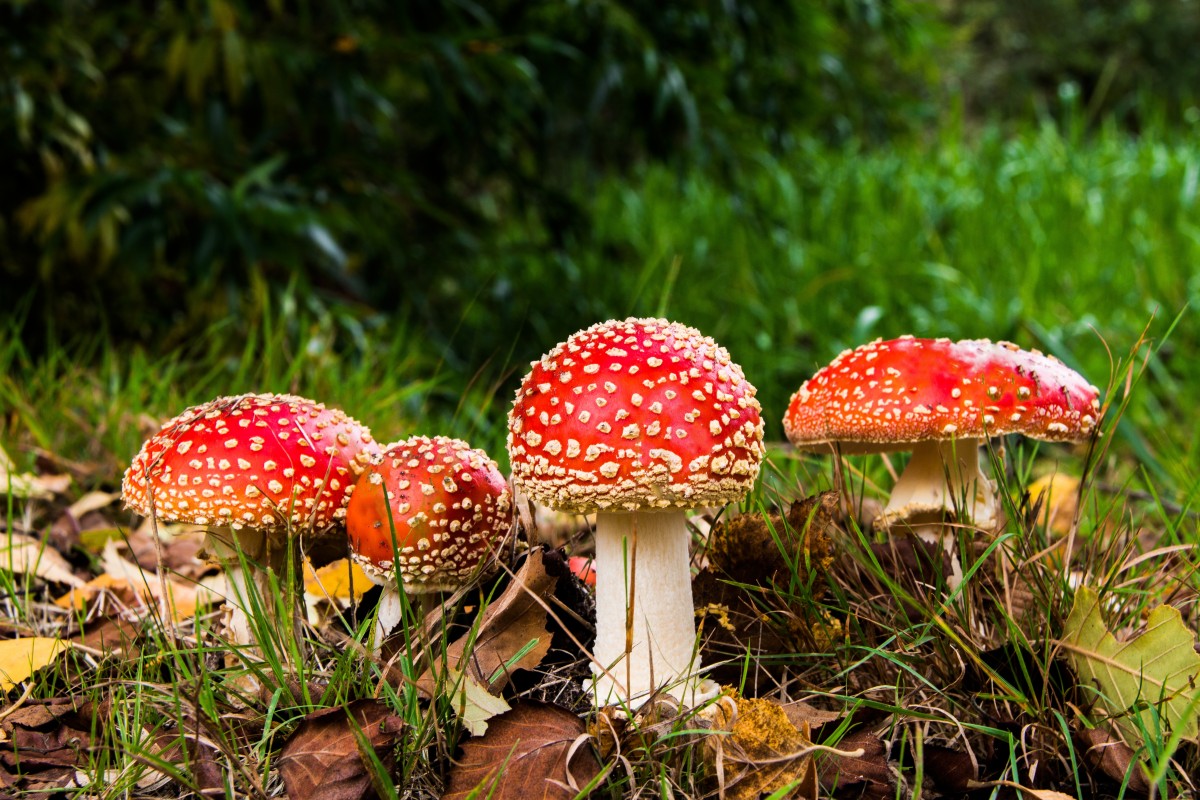
Magic mushrooms: researchers think they understand why they have become hallucinogenic
By studying different kinds of magic mushrooms, researchers think they understand why these organisms began to produce a hallucinogenic substance. It would actually serve to mushrooms as a real survival mechanism.
Present on earth for millions of years, mushrooms are fascinating organisms whose biology has not yet revealed all its secrets. Right now, more than 100,000 species are listed but it is estimated that their number would exceed one million and some are distinguished by features that are quite unusual. This is absolutely the case of the famous "magic mushrooms".
These specimens have the particularity of producing hallucinogenic substances causing various sensory disturbances as well as more general symptoms. One of the most known and widespread substances is psilocybin. But why did mushrooms develop such ‘magical’ power? The mystery has been intriguing for a long time. Especially since scientists have found that psilocybin is produced by many fungi that belong to non-related species.
Thanks to a study published in the journal Evolution Letters, biologists think they have solved the mystery. As can be expected, mushrooms have not become hallucinogenic for humans to consume. On the contrary, this power would actually play the role of survival mechanism for fungi.
Horizontal gene transfer
To reach this conclusion, biologists from Ohio State University and the University of Tennessee studied a group of mushrooms all of which made psilocybin but were unrelated. They found that all the genes responsible for the production of the substance were very similar from one to the other. These genes were even more similar than others found in closely related fungi species.
This observation suggests that these genetic peculiarities would not have been inherited from a common ancestor but rather that they would have transferred directly between distant species. A phenomenon known as "horizontal gene transfer" (or HGT). It can take place through various processes such as viruses that take genes from one species to another.
However, one question remains: "What is the role of psilocybin in nature?" says Jason Slot, who led the research. The origin of the horizontal gene transfer associated with the substance remains unknown, but experts believe that this type of phenomenon usually occurs in nature in response to stressors or opportunities in the environment.
Anti-insects
Based on this hypothesis, Jason Slot and his colleagues discovered a clue: the genes responsible for making psilocybin appeared to have moved into an environment with many mushroom-eating insects. An observation that took on a new meaning by focusing on the effects of the substance.
Once in the body, psilocybin interferes with a particular neurotransmitter and disrupts its functioning. However, if this mode of action causes hallucinations in humans in particular, in insects, it has another more perverse effect: it reduces their appetite. "We believe that fungi have evolved into hallucinogens because it reduces the chances of being eaten by insects", explains Jason Slot.
"Psilocybin probably does not just have a bad taste or poison the predators, these fungi alter the "spirit" of insects - if they have one - to meet their own needs", he says. The substance would then serve as a survival mechanism, at least in the face of insects. Because against humans, conversely, it led to a special interest for these mushrooms!
In addition to recreational uses, psilocybin is studied in the treatment of various mental disorders such as obsessive-compulsive disorder (OCD), depression or addiction. More research could "guide researchers to other molecules that can be used to treat brain disorders", Slot concludes.









